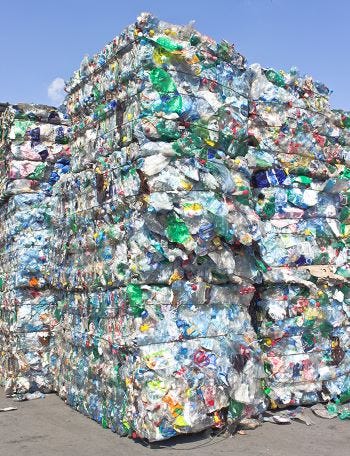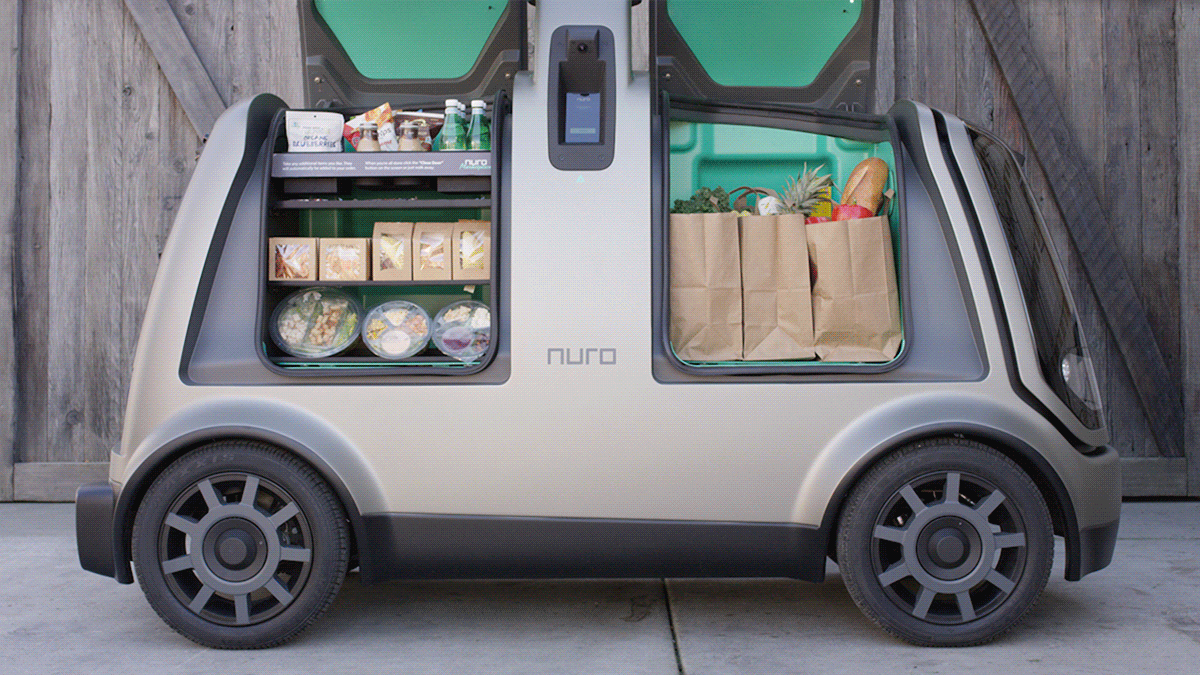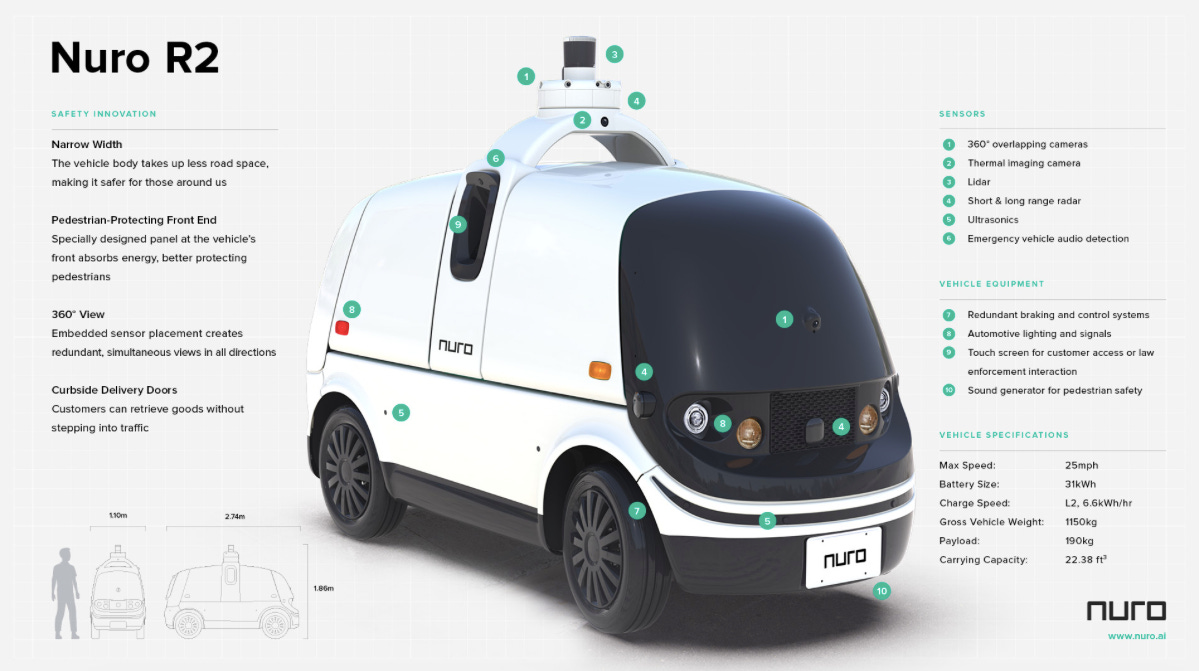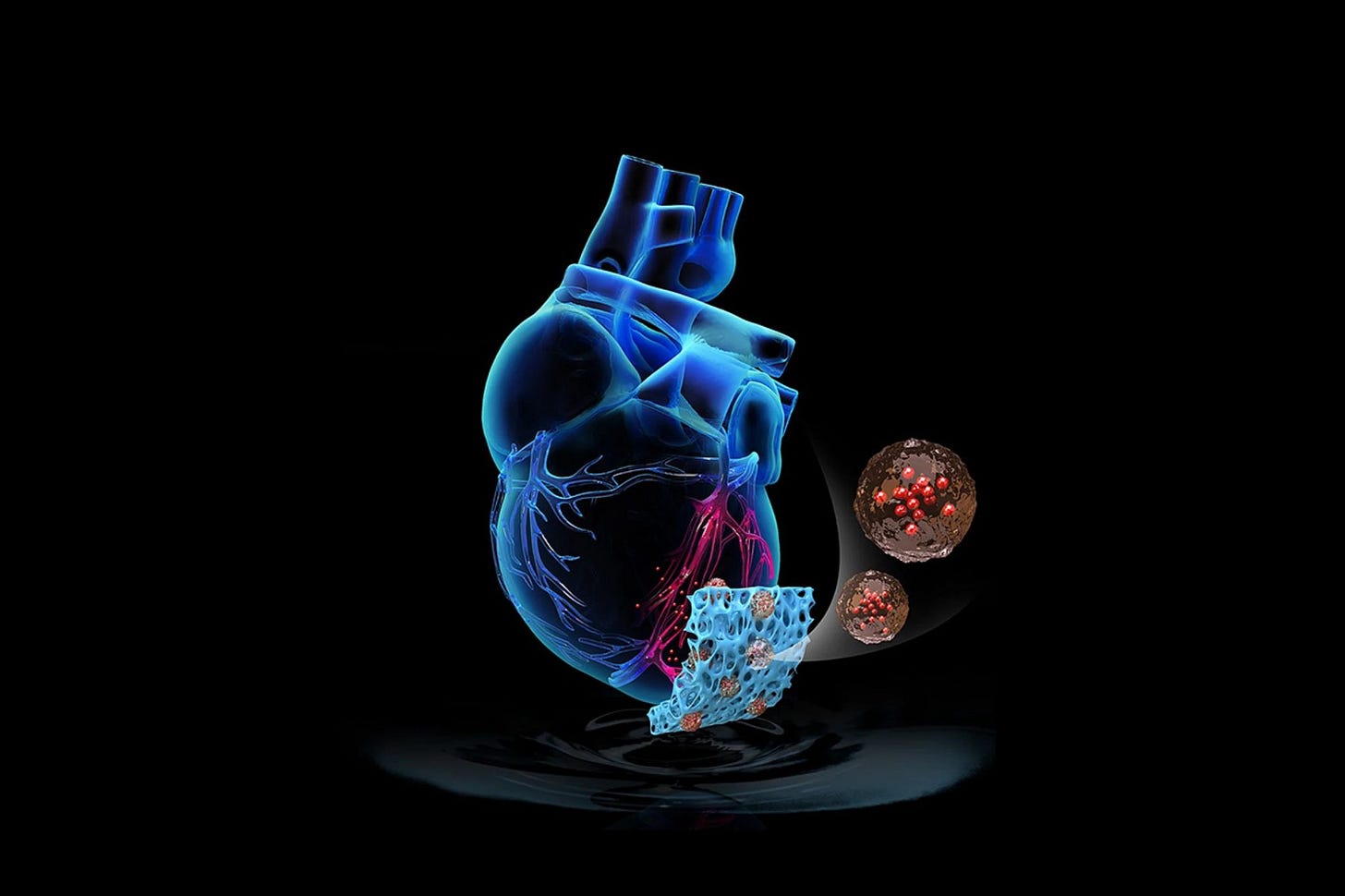This week we will look at a special dog camera that delivers treats to the good dog in your life, a new method for recycling all those PET bottles we use for soft drinks, a patch to repair damage after a heart attack and an autonomous delivery vehicle that has approval to start deliveries in Texas. Also I have a NASA competition for you to enter. Good luck.
Furbo Dog Camera
With so many of us working from home at the moment our dogs are getting used to us being near them 24/7. At some point in the future we will return to some sort of normality. Our dogs will once again be alone for significant parts of the day. This is where the Furbo Dog Camera will come in handy.
The Dog Camera is specifically designed for dog owners. Equipped with a two-way audio, 1080p HD video camera, wide angle lens and night vision, the Furbo gives owners the ability to check in on and interact with their pet when they are away from home. The system comes with an app which is initially paired with the Dog Camera via bluetooth and then linked to your phone via wifi.

The best part of the Furbo from the dog’s point of view, is that it comes with an inbuilt treat dispenser. The dog owner can record their own command (“sit” or “have you been a good boy?”) which is played before the treat is shot out from Furbo. The dispenser is activated remotely via the app. There is also a light on the device that changes color if the dog looks away. This helps focus attention on the camera so you can see your furry friend more easily. The camera will record up to 60 seconds of audio/video and snap pictures, all of which can be shared via social media, email or text. Additionally there is a barking alert function. When your dog starts barking a push notification is sent alerting you to the barking. I suspect that this function might lose its’ novelty fairly quickly if you have an overactive dog.
Recycling plastic bottles
French researchers have developed an enzyme that will breakdown PET (polyethylene terephthalate) bottles into a raw material that can be used to make a new PET bottle. PET bottles are the soft drink and other bottles that we all use far to many of.
The main problem with plastics is that they are not easily recycled. Currently any plastic that is able to be recycled can only be used for a lower grade use. For example food standard plastic can only be made into cheaper lower grades of plastic. This makes recycling of plastic inefficient from an economic point of view.

In 2016 a living organism was found in sediment near a plastic recycling factory. This was the first organism that had been found with the ability to break down and use the carbon in PET bottles. The microbe breaks down the carbon backbone of the plastic completely. This gets rids of the plastic however it removes the ability to recycle the plastic and thus making the process unsustainable. An alternative organism that would break down the carbon in PET bottles into reusable chunks was needed.
There are a number of enzymes in nature that can break the links in carbon rings. The researchers goal was to find an enzyme that breaks down carbon rings in a PET bottle in such a way, that allows recycling. In nature, the function of this type of enzyme is to break down the waxy coating on the surface of leaves (this coating is called cutin and the enzymes are called cutinases). This provided the starting point for the research.
In order to find an enzyme that would work better on PET bottles the researchers used the cutinase structure and ran chemical simulations to find out where PET would interact with the enzymes. They found a groove on the enzymes surface where the PET carbon ring would be cut by the enzyme. To improve the fit into this groove a large panel of mutant enzymes were created. Every single amino acid on the inside of the groove was changed. Most changes eliminated the enzymes ability however a few actually improved it.
The second issue was the enzyme needed to be able to withstand high temperatures (65C). The researches created a metal ion that could be inserted between two amino acids which were then added to the enzyme. This gave the enzyme stability at high temperatures (biochemists call this a disulfide bridge).
Using these modifications on several test enzymes the researchers were able to have 90% of the PET broken down within 10 hours. 1000kgs of PET would breakdown to 863kg of raw material that could be reused (there is still some waste however it is significantly reduced). The new recycled PET is within 5% of the pressure standards and 10% of the appearance standards of PET bottles newly created from Petrochemicals. The cost of the process is estimated to be approximately 4% of the cost of sale price of PET bottles. Whilst not as cheap as Petrochemicals it is immune to future price shocks and it is sustainable. The full paper describing this process can be found (via subscription) in Nature magazine here.
Nuro R2 Autonomous Delivery
Nuro is an autonomous delivery company based in Mountain View in Silicon Valley. The US Department of Transportation has just granted Nuro an exemption to allow them to test their new delivery vehicle on public roads without some of the features of traditional passenger carrying vehicles (no side mirrors, no windshield that can be seen through, no rear visibility).

Nuro is now able to test up to 5,000 of these vehicles in the next two years. The Nuro R2 has a top speed of 25mph (40kph) and it is designed to deliver groceries not people. The Nuro has a narrower width than a traditional vehicle and has a pedestrian protecting front end that will collapse inward in the event of a collision. The units are fully electric, come with temperature controlled compartments to keep food fresh and enough battery power to operate all day. The R2 will soon begin trials in Houston. Arizona and California will soon follow once the required approvals are granted.

A Patch to improve Cardiac Function
Researchers from North Carolina State University have developed an artificial cardiac patch that overcomes the dangers of traditional medical approaches to restoring cardiac function. The main point of the patch is to repair tissue that has been irreversibly damaged due to heart attack.
There are numerous methods that have been tried to aid recovery from heart attacks. This includes implanting living cells into the damaged area however these methods heighten the chances of tumors, irregular heartbeats or triggering of immune responses from the patient.
The new patch is made up of decellularized pig heart tissue that is placed into scaffolding matrix, then synthetic cardiac stromal cells with repair functions are embedded into the structure. This gives a patch that gives all the benefits of the secretions from living cells but in a completely artificial format without triggering rejection.

Trials on rats improved cardiac function by 50% within 3 weeks. In a 7 day study with pigs the patches reduced tissue scaring by 30% and it stabilized heart function. The patches can be frozen and stored for up to 30 days without triggering a patients immune function.
Design the Payload Function for a NASA Moon Scout and win $160,000
NASA is planning to send mini rovers to the moon and each rover will have a tiny scientific payload aboard. NASA is now looking for designs for these tiny scientific payloads via a project called “Honey I shrunk the NASA payload”.
The goal of the program is to identify lunar resources that will allow astronauts to become more independent of earth. Resupply missions are very expensive. They need practical and affordable ways to identify breathable air, water for drinking and food production, building materials for shelter, rocket propellants and many more critical components used in a mission.

The rovers will be the size of a roomba (the little circular robotic vacuum cleaner used in some houses). Existing scientific payloads are too big for this sized rover. Hence the competition. You can enter here.
Previous competitions include “The Space Poop Challenge” and “The High Performance Fast Computing Challenge”. There are a range of other challenges here.
Paying it Forward
If you have a start-up or know of a start-up that has a product ready for market please let me know. I would be happy to have a look and feature the startup in this newsletter. Also if any startups need introductions please get in touch and I will help where I can.
If you have any questions or comments please email me via my website craigcarlyon.com or comment below.
I would also appreciate it if you could forward this newsletter to anyone that you think might be interested.


